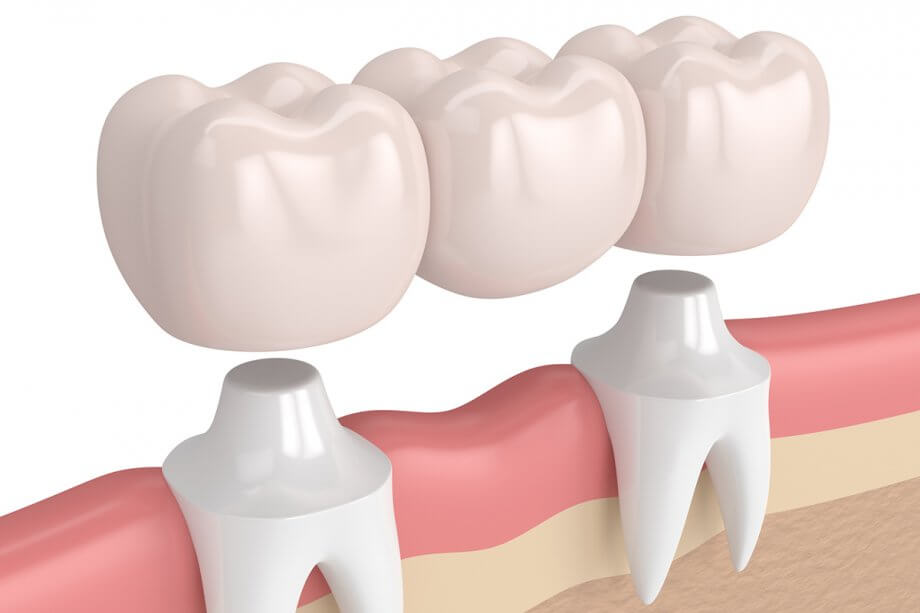When you lose a tooth, you may question whether you need to do anything to replace it - especially if it doesn’t impact your smile. However, every tooth in your mouth depends on the teeth around it for support. So when you leave an empty space where a tooth once was, you may end up with additional dental issues down the road, such as misaligned bites, tooth decay, gum disease, and more.
Thankfully there are so many artificial tooth replacement options available - including a dental bridge. That is, of course, as long as it is a good fit.
What is a Dental Bridge?
As its name suggests, a dental bridge fills the gap between two teeth. And although there are different types of dental bridges, one of the most widely used treatments involves placing dental crowns on the support teeth on either side of the empty space. In between each of the crowns is the bridge that can hold one to four - or more - artificial teeth.
Another type of dental bridge that is growing in popularity is a dental implant-supported bridge. Rather than using the natural, healthy teeth for support, a dental implant is used on each end to connect the bridge. These require you to have more than one missing tooth. They are a very natural-appearing, durable solution.
So, why get a dental bridge? There are so many benefits to doing so, such as preventing the shift of your teeth, having a smile you can feel good about, keeping the natural shape of your face, and more.
The Importance of a Properly-Fitted Bridge
Anyone can have a dental bridge that appears to fit well and look beautiful. But proper care and follow-ups can ensure that the bridge is properly-fitted so that problems are avoided in the future. Each type is created a bit differently. Implant-supported bridges, for example, are going to take some time as they require waiting for the implant to be integrated with the bone before moving forward in the process. Traditional bridges require that you have a mold taken of your teeth so that the crowns can fit perfectly over the support teeth.
Despite the differences, you need to have a properly-fitted bridge. It should fit flush against your gum line so that no food or debris can be trapped underneath it.
How a Dental Bridge Should Fit
While it may not happen as soon as you get your bridge - and you may not even realize that it isn’t fitting properly - sooner or later an ill-fitted bridge can lead to some unwanted dental issues.
A Broken Bridge: If the dental bridge is not designed to fit properly in your mouth, it is possible that it may break as the result of undue stress on the appliance.
Infection and Decay: Another oral health concern that may arise from a poorly fitted bridge is infection and decay. If the bridge doesn’t fit against the gumline and debris has been gathered underneath it may be difficult to keep the area properly cleaned.
Pain: When you first get your bridge, it probably won’t feel the greatest. Expect some discomfort for the first couple of days as you get used to it. However, if the pain continues or worsens, contact your dentist as it may not be fitted properly.
To learn more about dental bridges and how they can boost your oral health, contact Life Dental Specialties at one of their two convenient locations:

